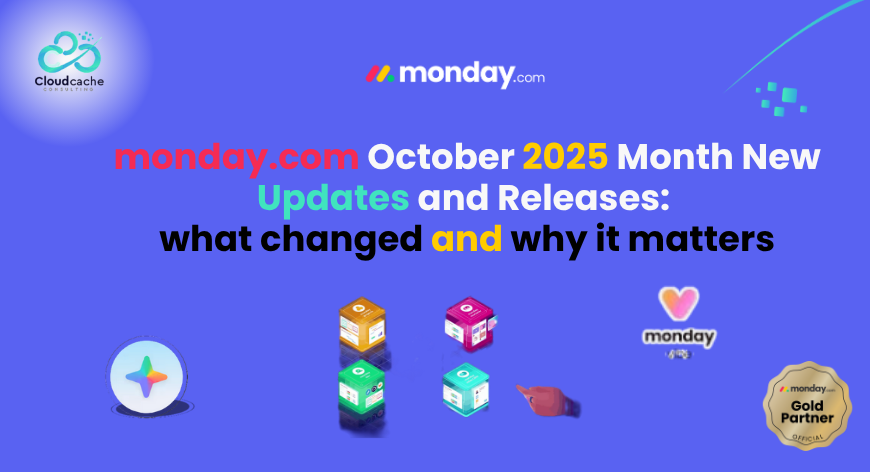
The Evolution of Software Development: How Low-Code and No-Code Are Revolutionizing the Future
Software development changed big with the emergence of low-code and no-code platforms. Now, the paradigm has shifted towards more accessible and efficient app creation. Formerly considered a complex craft akin to artistry, coding has evolved from creating basic websites to developing sophisticated applications. However, as the complexity of software development grew, so did the challenges related to costs, time commitments, and the technical expertise required.
Amidst these challenges, low-code and no-code development methodologies have emerged as transformative solutions, promising to simplify and expedite the app development process. These methodologies hold particular significance in a world where more than 60% of business stakeholders struggle to bring their IT solutions to fruition. The rising demand for more efficient and accessible development tools has spurred the growth of the low-code/no-code market, which is projected to reach a staggering $187 billion in revenue by 2030, according to Research and Markets.
Low-Code Development
Low-code development stands as a rapid application development (RAD) approach that automates code generation by providing visual building blocks, including pull-down menus and drag-and-drop interfaces. This approach helps developers and citizen developers alike to focus on the unique aspects of their applications without diving deeply into programming difficulties. Positioned between manual coding and no-code solutions, low-code platforms enable users to augment auto-generated code with custom scripting, offering a flexible and efficient development environment.
Use Cases
The use cases for low-code development are diverse, ranging from business process management platforms to website and mobile app creation. These platforms also integrate seamlessly with external plugins and embrace cutting-edge technologies like machine learning and robotic process automation. This adaptability and versatility make low-code development a valuable asset for organizations across industries, enabling them to modernize legacy applications and create innovative solutions.
No-Code Development
No-code development provides a hands-off approach to app creation, entirely relying on drag-and-drop tools without the need for manual coding or scripting. This approach is ideal for scenarios that prioritize swift development, enhanced user interfaces, and straightforward automation. No-code platform is useful for business users in creating self-service apps, mobile and web apps, dashboards, data pipeline builders, and content management platforms. They are particularly effective in creating calendar planning tools, facility management solutions, and BI reporting apps with configurable features.
Key Features of Low-Code/No-Code Development
- Visual Modeling: Intuitive drag-and-drop interfaces for rapid app creation.
- Reusable Components: Pre-configured logic, templates, and connectors for efficient development.
- Collaboration Tools: Integrated tools for teamwork, feedback, and streamlined communication.
- Scalable Environments: Cloud-based platforms that adapt to changing business needs.
- Data Integration: Seamless integration with various data sources and legacy systems.
- Application Lifecycle Management: Support for every stage of development, from design to deployment.
The Diverse User Base of Low-Code/No-Code Development
Low-code and no-code platforms cater to a diverse user base across industries and professional backgrounds:
- Developers and IT Experts: Utilize low-code platforms to expedite development.
- Business Analysts: Design tailored applications without extensive coding knowledge.
- Citizen Developers: Create functional apps without coding experience.
- Enterprises: Streamline software development processes for various purposes.
- Startups and Small Enterprises: Rapidly create Minimum Viable Products (MVPs) and iterate on applications.
- Government and Public Sector: Enhance service delivery and automate administrative functions.
- Healthcare and Life Sciences: Develop applications for patient management and clinical trials.
- Financial Services: Build apps for customer management and compliance reporting.
- Education: Design e-learning applications and tools for educators.
- Manufacturing and Logistics: Optimize supply chain management and production processes.
Why Businesses Are Adopting No-Code and Low-Code for App Development ?
The demand for enterprise applications is skyrocketing, and traditional app development methods struggle to keep up. This is where low-code and no-code app development step in, offering simpler and faster ways to create apps. Let's delve into why businesses are flocking towards these innovative approaches:
- High Demand for Enterprise Apps: Businesses need more apps than ever before, but traditional methods can't meet this surge. Low-code and no-code platforms allow non-experts to contribute to app development, freeing up professional developers to tackle critical issues and speed up app creation.
- Obsliting Old Legacy Systems: Old systems were rigid and complex, leading to errors and slow processes. No-code platforms bring transparency and automation, reducing errors and making processes faster. They're also highly customizable, reducing the need for old, inflexible systems.
- Cost-Efficiency: Less code means lower costs. No-code platforms take this a step further by eliminating the need for coding experts, saving even more money. You can solve problems without costly coding intermediaries.
- Accessible Technology: Cloud technology has made app development accessible to businesses of all sizes. Even small startups can build and deploy apps without worrying about huge costs or technical limitations. This levels the playing field, with smaller businesses often embracing no-code platforms faster than larger ones.
- Addressing the Developer Shortage: There's a global shortage of skilled developers, making it hard for businesses to find talent. No-code and low-code platforms let non-developers contribute effectively, easing the pressure on IT departments and speeding up development.
- Less IT Dependency: In the past, IT departments controlled app development. Now, anyone can become a creator with no-code platforms, freeing up IT resources for more complex tasks. This reduces costs and increases efficiency.
- Agility: No-code and low-code platforms make app updates quick and easy. With simple drag-and-drop tools, businesses can adapt to market changes faster, seize opportunities, and manage risks effectively.
Conclusion
The rise of no-code and low-code platforms is revolutionizing app development, making it easier and more cost-effective for businesses of all sizes to thrive in the digital era. For more updates or knowledge about automation tools, stay connected with CloudCache Consulting.











Leave a Reply
Your email address will not be published.